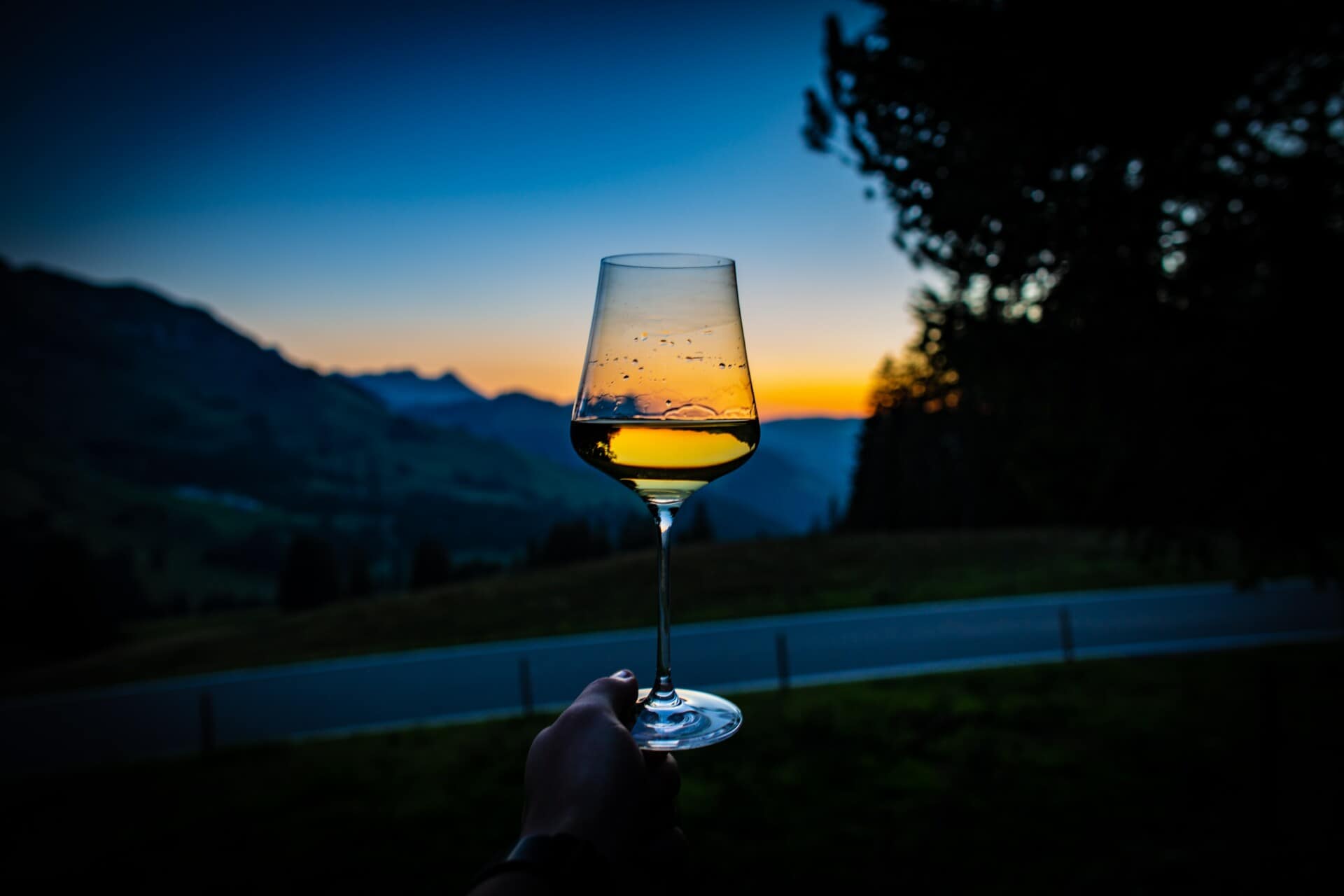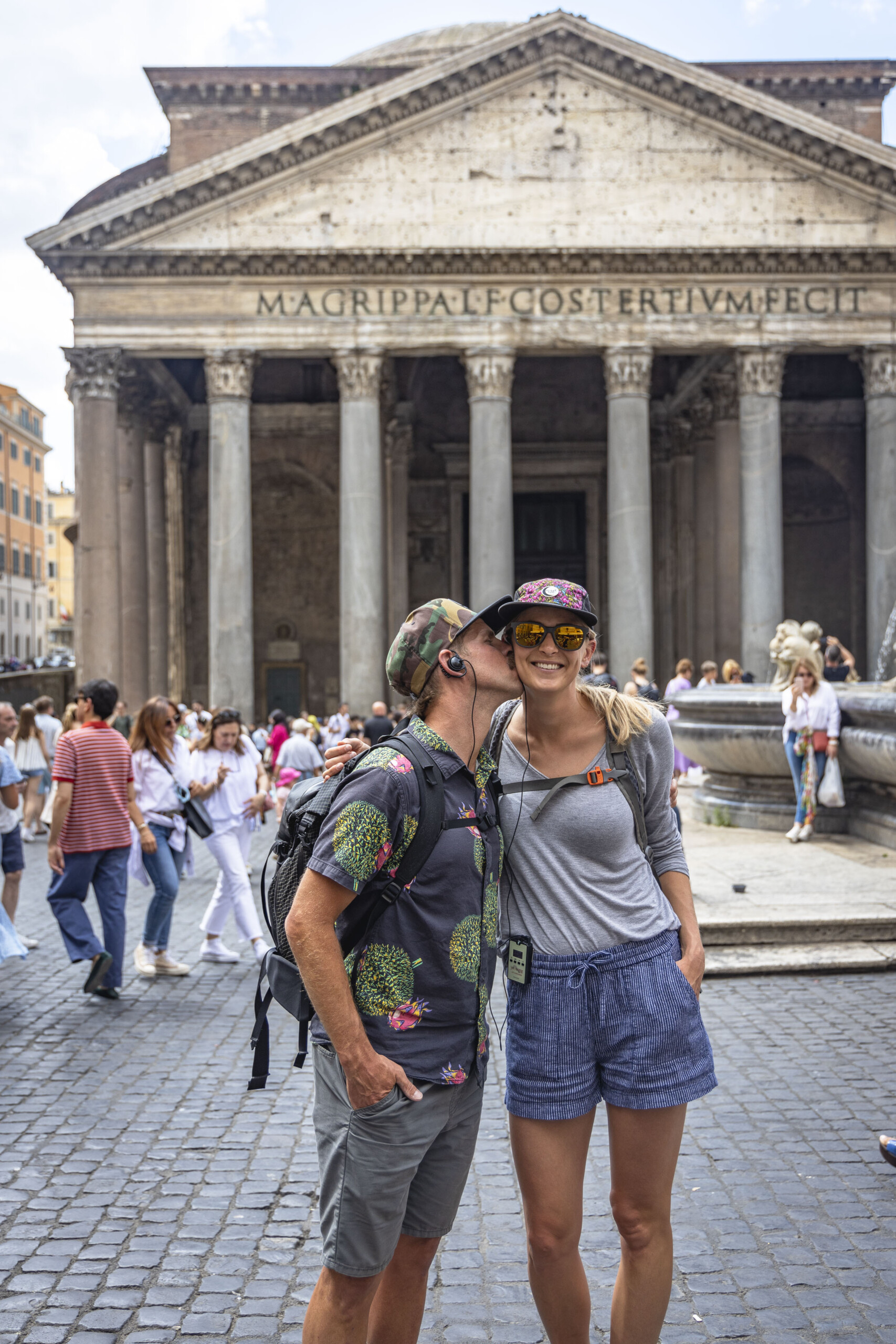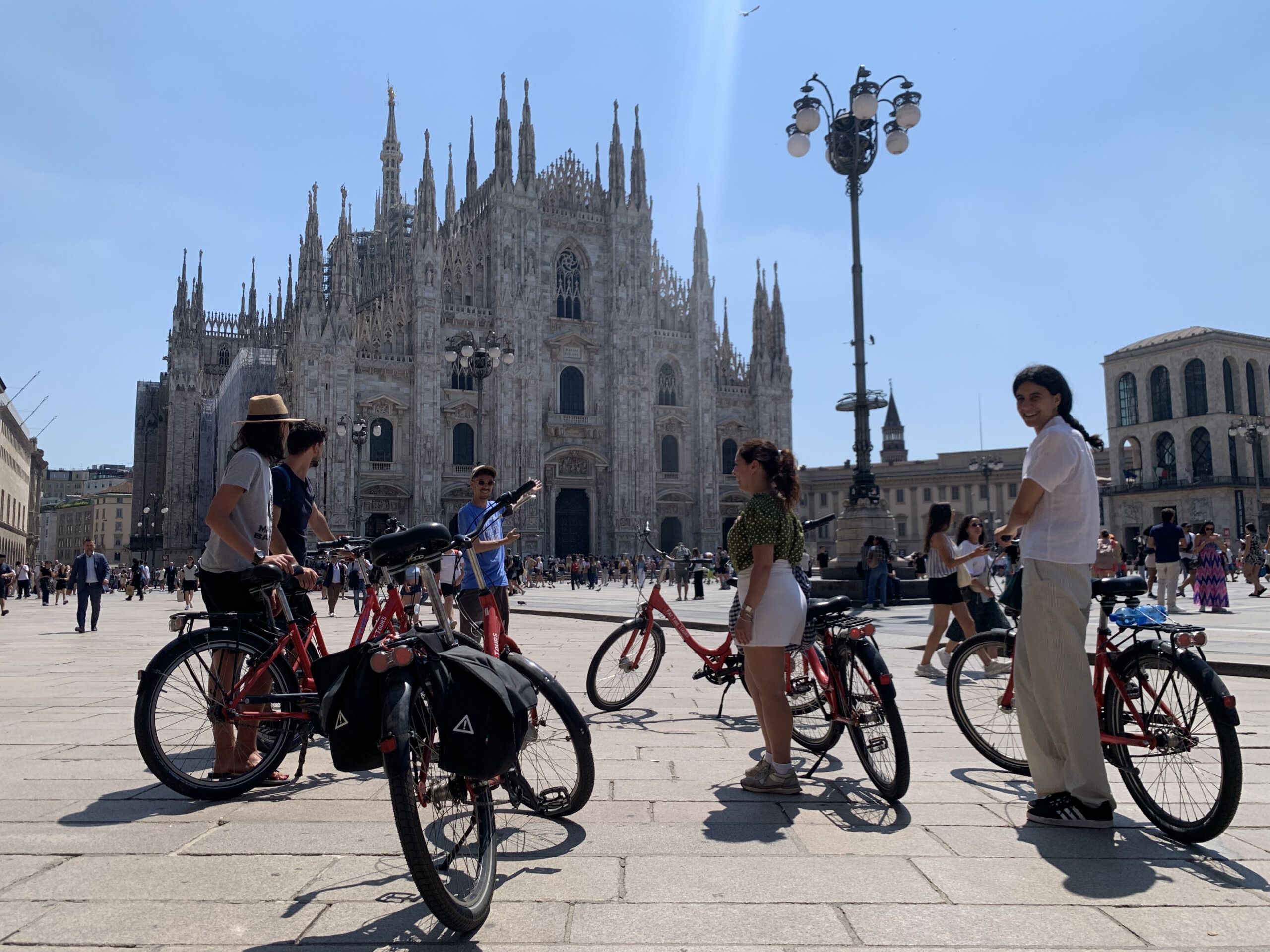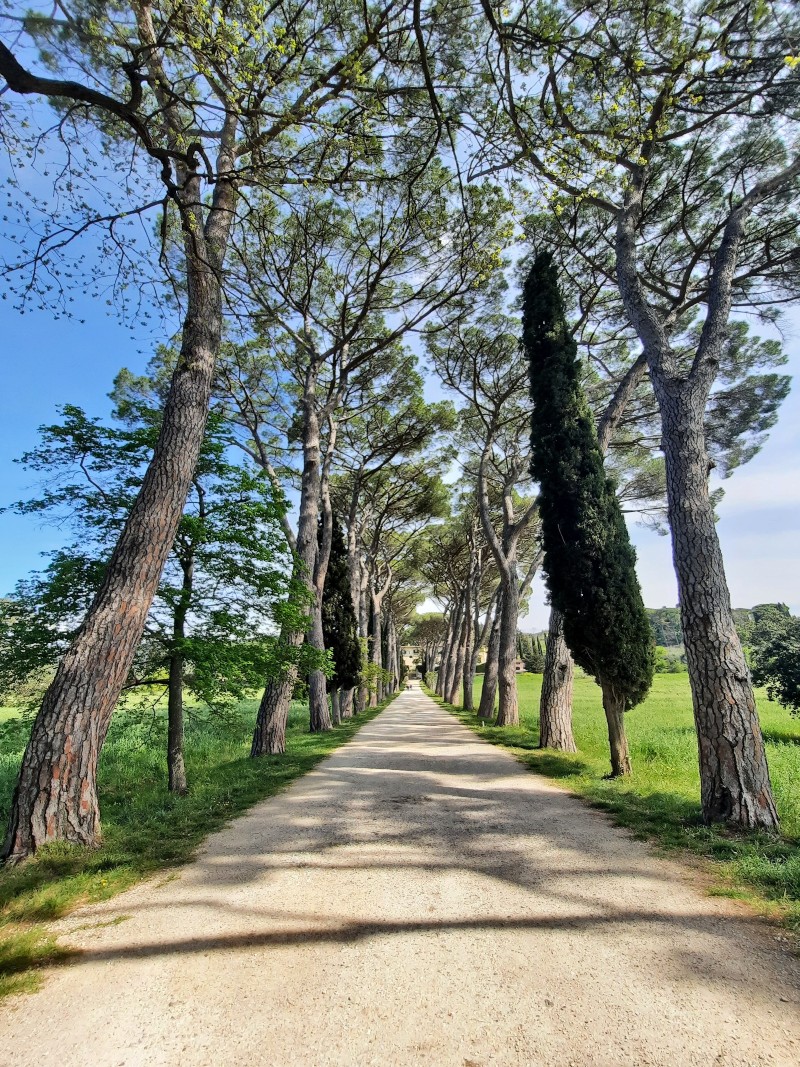
I have a stockpile of wine on a rack that lives next to my shoes, important files, and a box of jars that I’ll definitely DIY into something cute someday when I have the time, even though that time is now and those jars are still there. I’ve decided to work on depleting that wine rack, first.
My normal go-to’s are a good, light Pinot Noir in the red category, and either a bright Chardonnay or a crisp Chenin in the whites. Of course there are oranges, and bubbles and spirits, but my wine collection is fairly basic as far as wine collections that are located next to button collections are considered. If there were an apocalypse, I would take comfort next to my never-worn heels and my 2009 Burgundy.
But quarantine isn’t apocalyptic; it’s just some extra time indoors. And I’ve decided that it’s the perfect time to expand my collection (of wine; you don’t need more shoes when you’re barely wearing pants) to the lesser-known but equally delicious wines crafted from small grape production or blends.
I recently watched the ‘Rotten’ episode that covers the French wine industry, and I was shocked and excited to see my all-time favorite Languedoc wine producer, Jeff Coutelou, featured as one of the wine growers. I tasted Jeff Coutelou’s ‘5 So’ at a wine festival a few years ago and fell in love. His wines are reasonably priced and drinkable – meaning that the flavor is perfectly balanced so that you can enjoy every sip while enjoying the company of others because your taste buds aren’t overpowered. Right now I’m enjoying the company of my couch and others via video chat, but that just means that I don’t have to share my delicious grape juice.
Mas Coutelou wines are considered natural, and there’s a lot of debate in the wine world as to what this means. Organic wines are free from pesticide use, biodynamic vineyards are maintained following astrological guidelines, but the term ‘natural’ wine refers to the additives, or sulfites (SO₂), that are used to stabilize wine. While some wines have 0 added SO₂, wine creates natural sulfites, so it’s nearly impossible to have a sulfite-free wine. The question is about intervention, and how much is too much. Some producers who are still regarded as ‘natural’ may add up to 30 parts sulfites per million. To put that in perspective, the US will allow up to 350 mg of SO₂ per liter in conventional wines, or around 3%. It’s often said that if you can handle dried fruits, you’ll be fine with a bottle of Zinfandel.
View this post on Instagram
But enough with the science; let’s get to the drinking! The good thing about natural wine is that with less additives, you’re not as likely to have a headache in the morning. And since mornings are fading into afternoons during quarantine, what a relief to know that you’ll be fresh and ready to go as you wake up five minutes before your first zoom meeting of the day.
I’m sharing three whites and three reds from lesser known grapes (all natural wines) that you should absolutely get to know during this period of confinement. The French classify their wines by region (think Bordeaux) but also by the type of grape (think Merlot), and I’m focusing on grape types and their flavor profiles. I’ve also included delivery options for some below, but it’s always good to reach out to your local wine bar/store to see if they’re delivering right now, as they may have transformed their business into online-only for the time being. Either way, you can take advantage of this lockdown by learning more about grape varieties and enjoying every sip of your education.
Wonderful Whites
Viogner – this is a rich, creamy white grape that’s often buttery but maintains floral notes depending on how it matures. Try Les Chais du Porte de la Lune’s ‘Octave’, which is composed of two viognier grapes from different regions – one from Beaujolais (south-central France) and one from Madiran in southwest France. Viognier is a great, bold white that can handle heavier or fattier foods.
Semillon – typically used in sweet wines, this Bordeaux-native grape is sneaky with it’s popularity. It comes in at number 3 right after sauvignon blanc and chardonnay in terms of quantity planted in France. It’s fruitiness makes it a perfect grape for blending, as in the Domaine Mouthes Le Bihan ‘La Pie Colette’ which includes sauvignon and chenin along with semillon. This bottle shows off how a little semillon can round out bolder white varieties, keeping it light and fruity.
Roussanne – here’s another meaty white grape that’s often blended with marsanne, both stemming from the Rhone region in France. La Ferme des Sept Lunes has chosen to highlight it in their ‘Lune Rousse’ vintage from 2017, and most of their white blends include roussanne. This grape will lend floral notes to a mix, and it’s dry and bold but it also plays well with others.
161 Food + Drink carries this winemaker’s bottles and offers delivery throughout London. Bio Wine Online carries other bottles from this winery, and they’re likely to have more if you ask! They ship throughout the USA.
Radical Reds
Carignan – kissed by the sun, you can taste the warmth and spice with this grape. It’s traditionally grown in southern France and northern Spain, and it’s popular among wine producers thanks to its blendability, fruit-forward characteristics, and medium body. Domaine Modat makes a lovely blend using carignan, grenache, and syrah with their ‘Sans Plus Attendre’. Having met them at a wine salon, I learned that they attempted to make a vin de garde, or a wine that’s meant to be left on the shelf to mature. After just 2 years, they sampled it and thought, ‘pas mal’. Hence, the cheekily named ‘Wait No More’ wine was born.
Twil has this bottle and offers worldwide delivery on demand, but you may need to get your local wine store involved.
Pineau d’Aunis – a widely known grape among royalty in the middle ages, this variety has lost popularity in modern winemaking. It’s versatile and can be used for red, white, and rosé wines, and its flavor varies but it’s often equated with white pepper. Benoit Savigny, a former architect turned winemaker, opened Les Fosses Rouges in the town of Trôo in the Loire Valley in 2011. He replanted vines that had been pulled up since 1972, and he celebrated his first bottles in 2014. ‘Aunis’, a more recent bottle, celebrates this once majestic grape.
Cinsault – found mainly in the Rhone valley in France, this grape is excellent for drinking or cooking, or drinking while cooking. It typically carries a kick of spice but it’s mellowed by berry notes on the backend. Mas Coutelou uses this grape in his ‘5 SO’ (a clever phonetic spelling of the grape) and most of his other reds; his ‘Classe’ is another favorite that sometimes includes cinsault (depending on the year) and also includes syrah & grenache grapes.
View this post on Instagram
Wine & Greene have ‘Classe’ available and they deliver through the UK. Discovery Wines (based in Manhattan) carries this bottle (and others from Jeff!) and can ship to New York and Washington D.C. 1000corks is another great website that delivers regionally throughout the USA.
*It’s important to stay safe during quarantine. I’m lucky that my local wine store is maintaining limited hours. I no longer go inside the store to perouse, instead I tell the vendor what I’m looking for from the safety of the doorway, and behind a mask. It’s been fun learning more about the different producers and bottles this way, and I’ve had more of an opportunity to talk with the vendor and explain my preferred tastes. I never could have imagined that I’d be purchasing wine the same way I’d approach a hazardous waste site, but I’m so thankful that my local store has been able to survive this shock. Be sure to follow your local guidelines when it comes to purchasing wine in stores or having deliveries shipped to your door.
Still not sure where to start? Dry Farm Wines is a delivery service available in the US. They will choose your wines for you with membership options starting at 6 bottles every other month. This is a great option if you’re not sure what you might like.
View this post on Instagram
More Natural Wine is a similar website that offers international shipping on request and allows you to choose your own bottles or be surprised with one of their starter mystery packs.
View this post on Instagram
If you’re not able to source any of these wines where you live, just keep them in mind for your next trip to Paris! We would love to have you join us on our brand new Paris Food Bike Tour where a wine tasting and opportunity to purchase is included, and we’ll happily point out our favorite wine bars and stores around town. In the meantime, santé!




